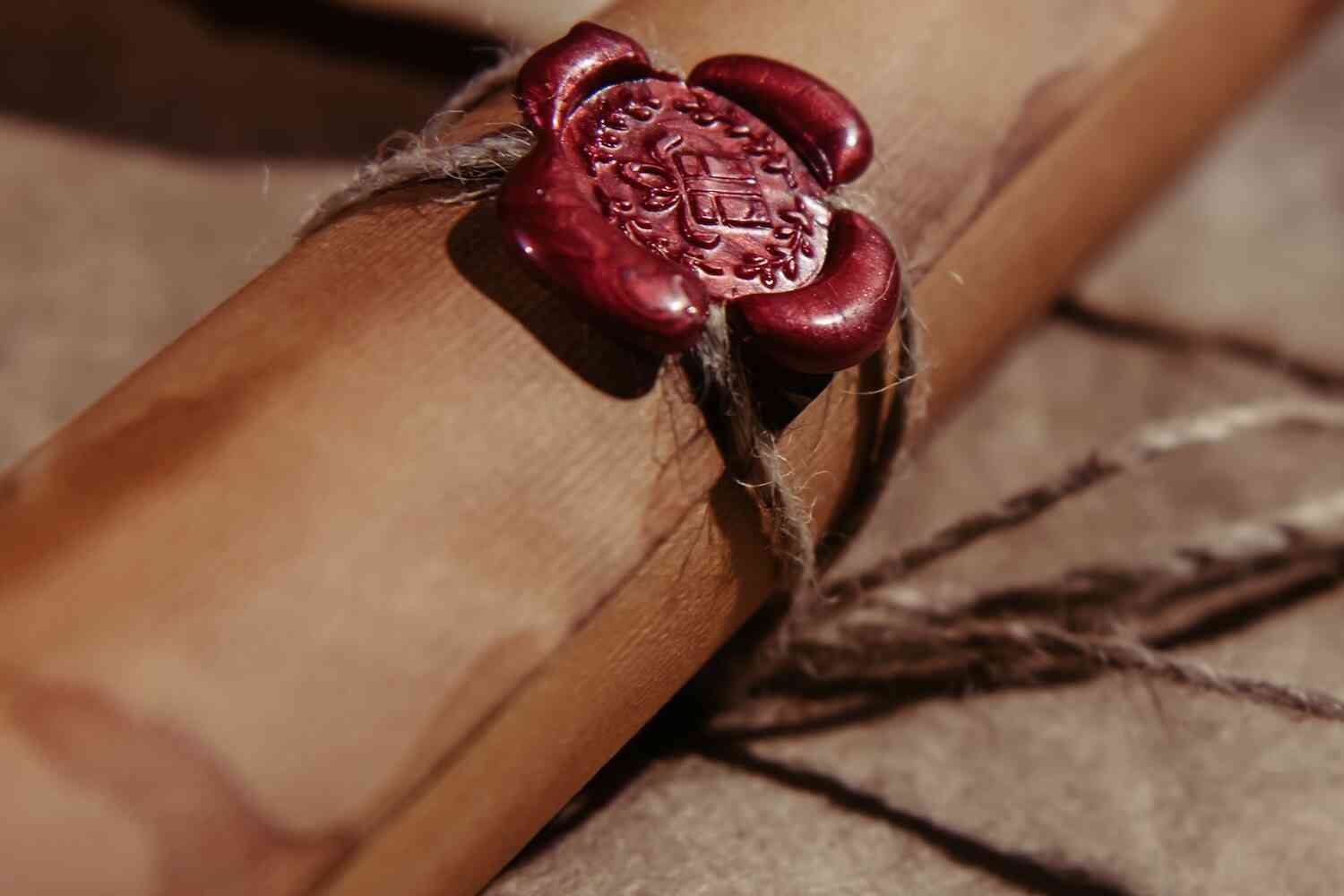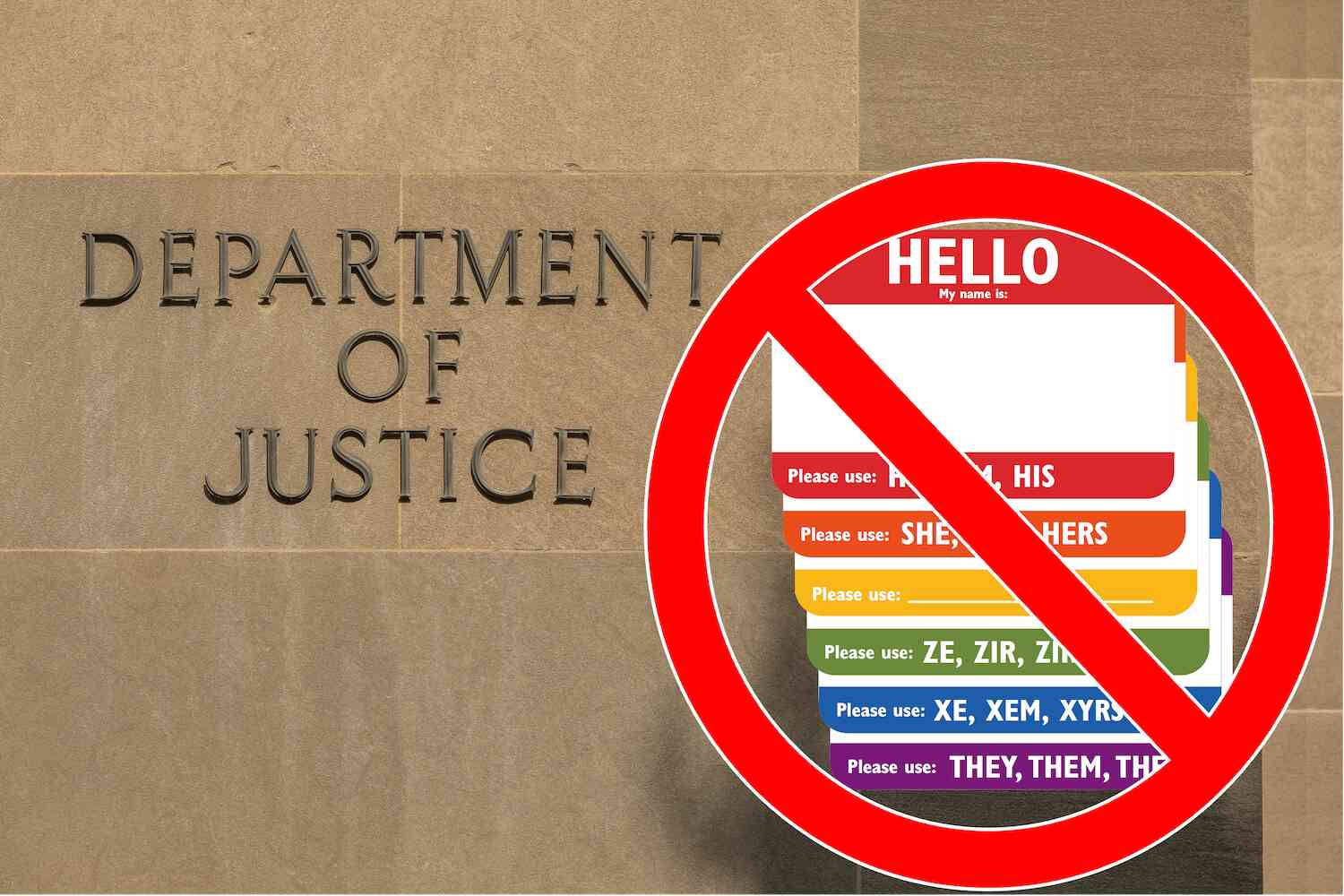In a world of changing narratives and modern skepticism, archaeology continues to whisper: the Bible got it right.
This time the whisper comes from the heart of Jerusalem, where archaeologists recently unearthed a 2,600-year-old clay seal bearing the name of a biblical figure from the court of King Josiah. As if that alone wasn't a remarkable find, the seal still bears the ancient fingerprint of the man who may have pressed it with his own hands.
Credit for the find goes to the Temple Mount Sifting Project, an ambitious team that is dedicated to the recovery of artifacts leftover from an illegal excavation on that hotly contested part of the holy city. Inscribed on the discovered seal, or "bulla," are the words:
"Belonging to Yeda‛yah (son of) Asayahu"
In the 22nd chapter of the Old Testament of 2 Kings, a passage recounting King Josiah's temple reforms can be found. Concerned about a prophecy discovered in, "The Book of the Law," Josiah dispatched a team of trusted officials to consult a prophetess:
Hilkiah the priest, Ahikam, Akbor, Shaphan and Asayahu went to speak to the prophet Huldah, who was the wife of Shallum son of Tikvah, the son of Harhas, keeper of the wardrobe. She lived in Jerusalem, in the New Quarter. (2 Kings 22:14)
It's a singular name from two millennia ago, otherwise ordinary, benign, and forgotten but to serious Bible students. But now, dug from the dirt, a clay seal and dusty fingerprint may be the latest piece of tangible evidence that validates the historicity of God's Word to man.
When skeptics call the Bible a book of myth, they're increasingly forced to reckon with the evidence being pulled from the ground … sometimes, with ancient fingerprints still pressed into it.
These kinds of discoveries do much more than thrill and fascinate nerdy archaeologists. They reinforce the credibility of the Bible for modern readers. Every time an artifact like this seal surfaces, confirming a biblical name, event, or place, the narrative that Scripture is merely allegorical is punctured by hard evidence.
To be fair, it is possible that this isn't the same Asayahu found in 2 Kings. But archaeologist Zachi Dvira noted that seals like these were reserved for high-ranking officials, and similar ones that have been discovered across Jerusalem have repeatedly matched names found in Scripture. The coincidence is becoming hard to dismiss, particularly in an era where we are getting really good at digging in dirt, and much of what we're finding corroborates the Bible's claims.
Hezekiah's Tunnel (also known as the Siloam Tunnel), mentioned in 2 Kings 20, was discovered with an inscription describing the construction project to redirect Jerusalem's water supply in the face of Assyrian siege.
The Tel Dan Stele, a 9th-century BC stone inscription found in northern Israel, includes the phrase "House of David." That's a direct, historic confirmation that King David was not just a legendary figure as Bible skeptics have routinely argued, but a known king of Judah.
Just outside the Temple Mount, archaeologists found a seal bearing the name "Hezekiah [son of] Ahaz king of Judah," and another possibly referring to Isaiah the prophet. The two men are mentioned together in Isaiah 38 and 2 Kings 19 - 20.
These finds don't just confirm identities; they confirm the entire historical framework in which the biblical drama unfolds.
Christian faith is ultimately rooted not in any artifact, but in the person of Jesus Christ. But discoveries like these matter because they remind us that Scripture didn't emerge from a vacuum of myth, but from a lived reality of kings, wars, reforms, prophets, and politics. The biblical authors weren't writing fairy tales, they were recording history that carried with it profound spiritual meaning.
That's precisely what C.S. Lewis meant when he observed, "The Bible has the ring of truth, not just in what it claims, but in the world it describes."
If Scripture stands up to scrutiny in its historical details, perhaps we should listen more carefully to its spiritual claims as well.
P.S. Now check out our latest video 👇
Disclaimer: The opinions expressed in this article are those of the author and do not necessarily reflect the opinions of Not the Bee or any of its affiliates.









